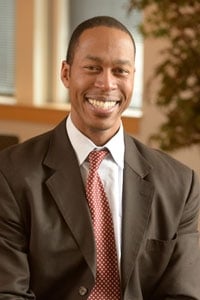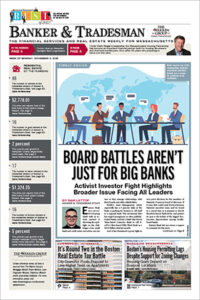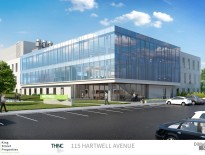In my first weeks as CEO of the Massachusetts Life Sciences Center (MLSC), I have heard a great deal in real estate circles about Kendall Square in Cambridge. Everyone lauds the district as the leading life sciences R&D cluster in the world. As the former executive director of the Kendall Square Association, I witnessed firsthand the neighborhood’s transformation not only into a district that the world’s leading biopharma companies, venture capital firms and early stage life sciences companies call home, but also a 24/7/365 urban melting pot where people live, work and play. Perhaps because of this newfound identity, some also express concern that the boom in life sciences is pricing out companies that can no longer afford the rent.
There is no doubt that growth and compression in Kendall Square is creating a challenge for small and mid-size life sciences companies that has forced a change in how we think about space, cost and, ultimately, the value of place. But there have been upsides as well, including record life sciences employment growth and innovative and exciting new models for meeting the space needs of early-stage companies like LabCentral (a wet lab coworking space).
Perhaps most importantly, however, compression in Kendall Square is causing life sciences activity to radiate to other cities and towns in Massachusetts, enabling other life sciences hot spots to emerge, and bringing job opportunities closer to home for many more residents. Greater Worcester, Metrowest, the South Coast, and Greater Lowell, just to name a few, are all enjoying densities of life sciences activity that simply did not exist 10 years ago, in some cases fomented by strategic public-private partnerships with the MLSC. Take Marlborough, for example – in the past three years, the city has seen an increase of 6,000 jobs, two-thirds of which were in the life sciences.
Very few, if any, places on earth can aspire to have what Kendall Square has to offer for life sciences R&D. Going forward, the Commonwealth’s goal should be not to replace or even replicate Kendall Square, but rather to complement it. Cities and towns that have successfully differentiated themselves have focused on building clusters that contain a mutually reinforcing mixture of R&D and advanced manufacturing, investing in three distinct strategies:
- Strategic investments in “innovation infrastructure” – including physical infrastructure (for example the Framingham wastewater project that enabled Genzyme to build a $300 million biomanufacturing plant in Framingham Technology Park), major capital investments in research and manufacturing infrastructure (such as the MassBiologics Vector Manufacturing Center in Fall River), as well as human capital investments in our middle schools, high schools, vocational/technical schools, colleges and universities across the commonwealth (such as the Biomanufacturing Education and Training Center at Worcester Polytechnic Institute).
- Intentional collaboration between developers, commercial real estate brokers, industry associations such as MassBIO and MassMEDIC, the state, and local civic leaders to focus not just on building real estate, but on creating great life sciences “communities” that are equally conducive to scientific collaboration, having fun, and raising a family.
- Targeted, aggressive business development efforts in collaboration with the MLSC and other public and private organizations to ensure that companies looking to locate, grow or expand, know that there are multiple regions of the Commonwealth with the assets and personality to suit their needs.
This approach has yielded great success for communities, whether it be AbbVie’s growing footprint in Worcester, Shire in Lexington, or GE HealthCare in Marlborough. All of these companies are engaged in life-saving research, manufacturing their products in the commonwealth, and collectively employing thousands of people. This brings economic growth through direct employment as well as secondary and tertiary economic opportunities.
People make a lot of hay over the success of the real estate market in Kendall Square, and with good reason. From a life sciences R&D perspective, and arguably a real estate perspective, it is the most formidable one square mile on the planet. But that success should not eclipse the other innovative and dynamic communities that companies are finding to be great places to develop and manufacture the health technologies of the future. Ultimately, the commonwealth’s global competitiveness rides on our ability to diversify, and based on what I have seen, cities and towns across Massachusetts are up to the challenge.
Travis McCready is president and CEO of the Massachusetts Life Sciences Center.







